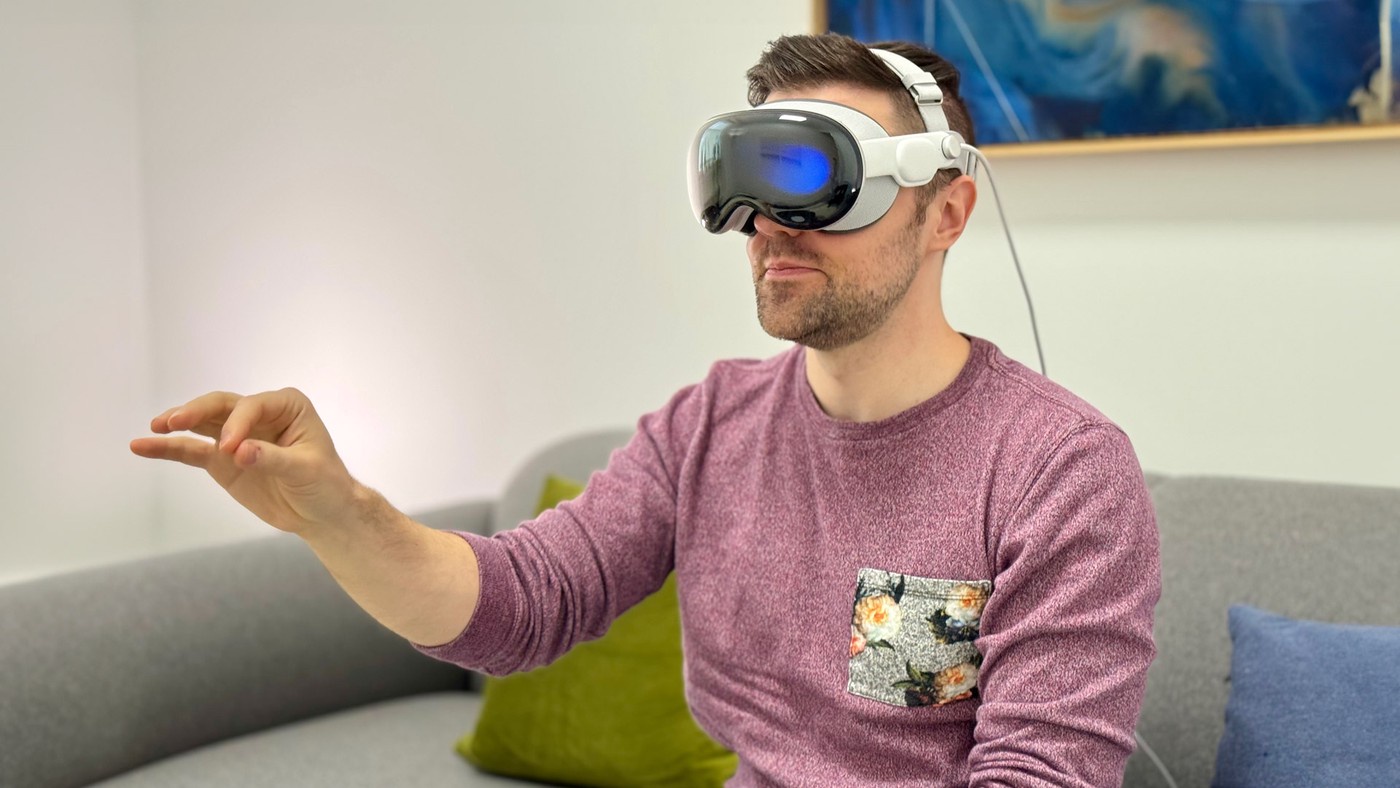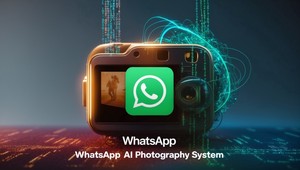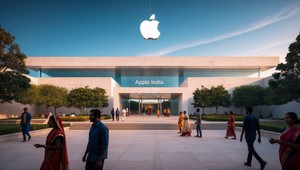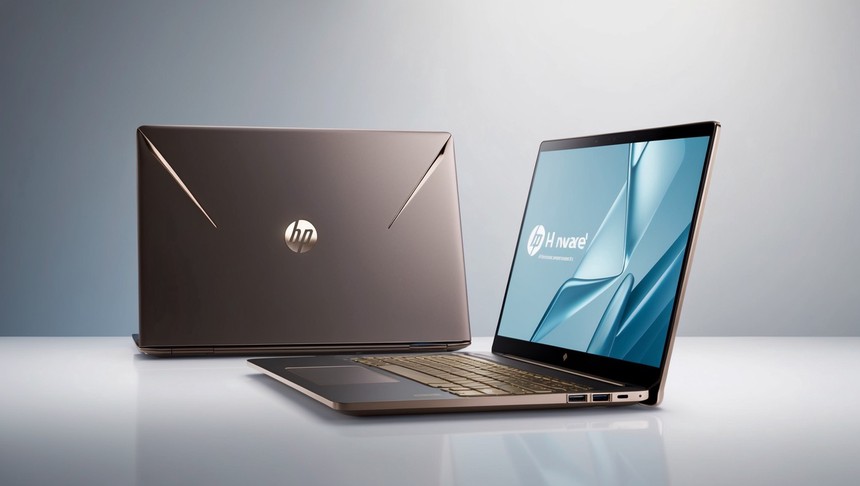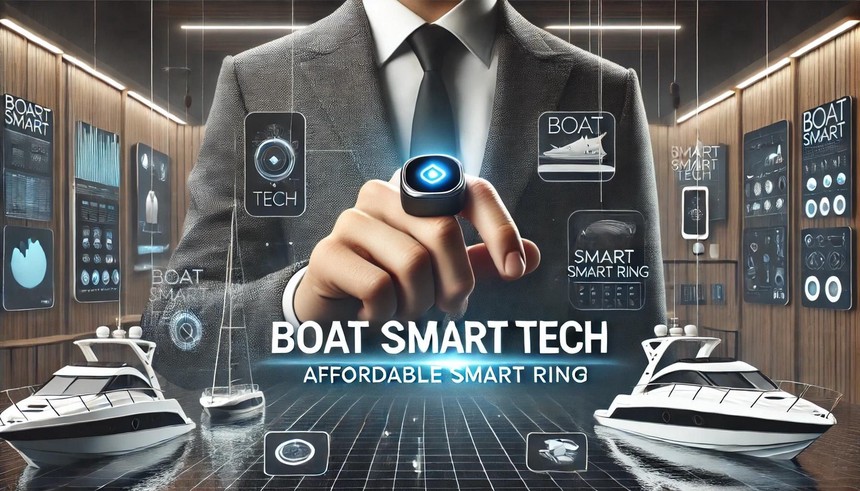As a design firm helping brands evolve through innovative technologies, we've extensively explored the Apple Vision Pro, 2024's most anticipated headset. Our insights reveal two key points: the Vision Pro offers groundbreaking advancements, yet the broader XR wearables market is still evolving.
Vision Pro's Groundbreaking Features
Interactivity: The Vision Pro’s intuitive interaction mechanisms make users feel like the device is an extension of their body. Its ability to sync with hand gestures for UI navigation feels revolutionary, enhancing immersive storytelling by making experiences more engaging and real.
Display Quality: Apple continues its tradition of delivering stunningly crisp, life-size displays that seamlessly integrate with real-life environments, impressing even seasoned VR users.
First-Generation Exploration
The Vision Pro, despite its impressive features, is viewed as a first-generation exploration. Many brands are questioning whether it's too early to invest heavily in creating Vision Pro experiences, especially given the high costs and limited early adopter audience.
Immersive Technology in the Mainstream
Immersive technology, including AR and VR, has already become mainstream, evidenced by the effectiveness of spatial computing in various applications, from Instagram filters to VR learning experiences. Research shows that XR in marketing can significantly boost customer engagement, brand recall, and sales.
Future-First Strategy
At Elephant, we recommend a future-first approach: design for the most immersive platforms and scale content across simpler platforms like web and social media. This strategy ensures that brands stay relevant today while preparing for future advancements in XR.
Benefits of a Future-First Approach:
- Stand-Out Experiences: High-quality, interactive content lifts engagement across all platforms.
- Innovative Brand Perception: Consistent use of immersive storytelling fosters leadership and emotional connections.
- Future-Proof Investment: XR content remains versatile and reusable, adapting easily to new formats as technology evolves.
Starting with XR
Each brand’s approach to XR should align with its communication goals and the strengths of immersive technologies. B2B brands can use XR to offer transparency, while consumer-facing brands can deepen connections with VIP virtual experiences.
Conclusion: Spatial computing has revolutionized marketing, and brands that adopt XR now can enhance results today and secure their future in the digital landscape.


